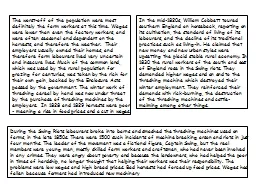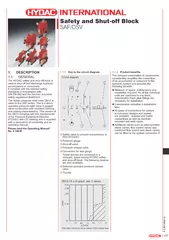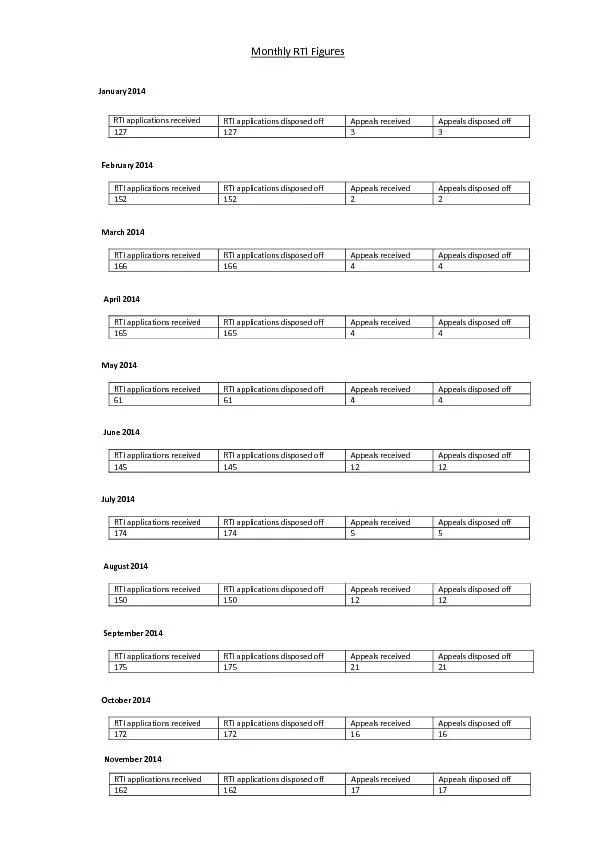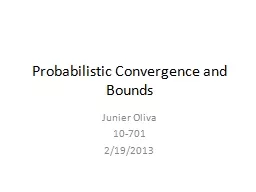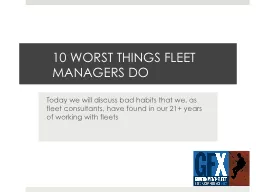PPT-The worst-off of the population were most definitely the fa
Author : olivia-moreira | Published Date : 2016-07-05
In the mid1820s William Cobbett toured southern England on horseback reporting on its cultivation the standard of living of its labourers and the decline of its
Presentation Embed Code
Download Presentation
Download Presentation The PPT/PDF document "The worst-off of the population were mos..." is the property of its rightful owner. Permission is granted to download and print the materials on this website for personal, non-commercial use only, and to display it on your personal computer provided you do not modify the materials and that you retain all copyright notices contained in the materials. By downloading content from our website, you accept the terms of this agreement.
The worst-off of the population were most definitely the fa: Transcript
Download Rules Of Document
"The worst-off of the population were most definitely the fa"The content belongs to its owner. You may download and print it for personal use, without modification, and keep all copyright notices. By downloading, you agree to these terms.
Related Documents

